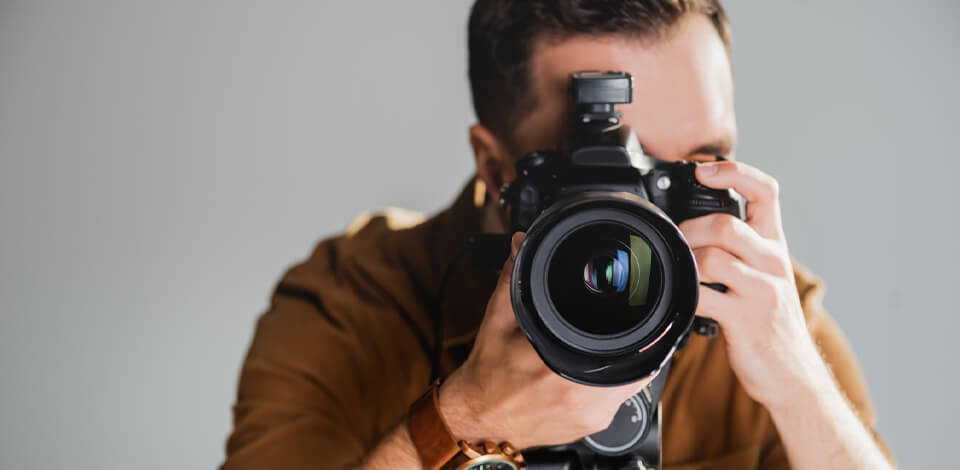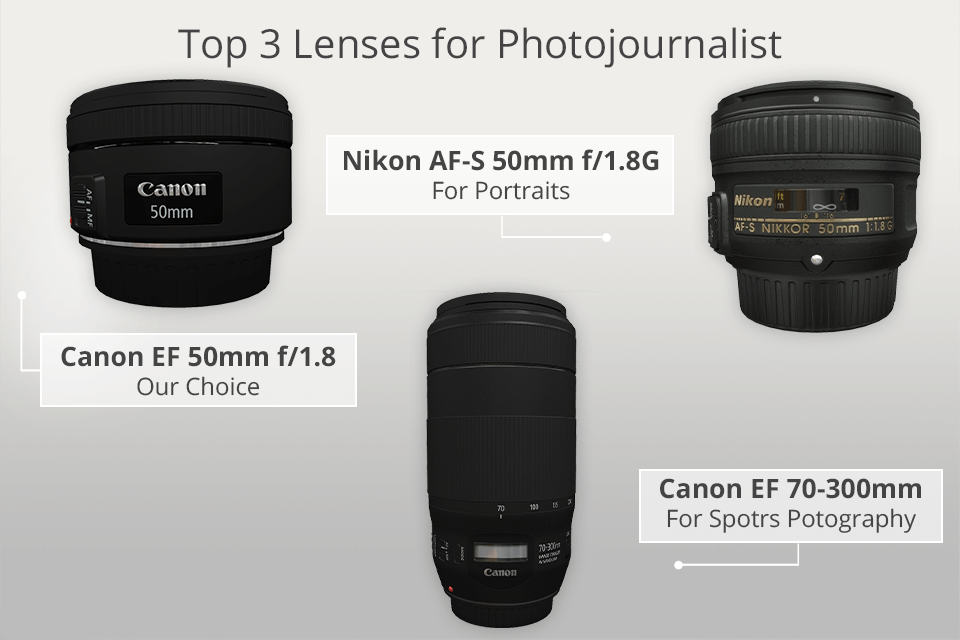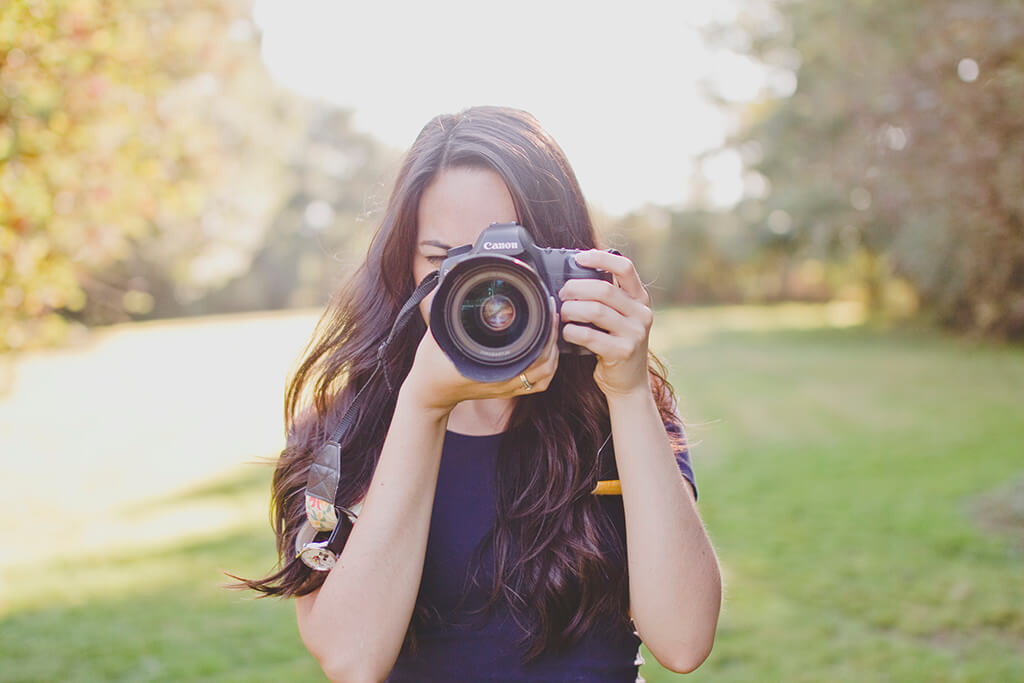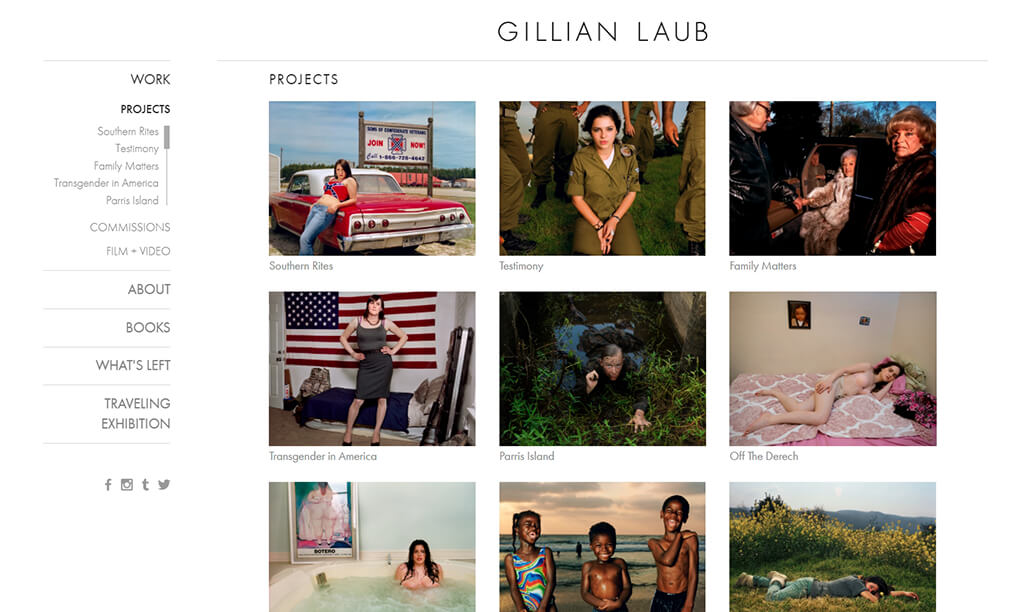
By understanding and correctly assessing the main criteria, you will be able to become a photojournalist in no time. It is important to remember that the more you know about your job, the easier your career path will be.
To accentuate the main points of this occupation and eliminate possible risks of getting a bad reputation, I have put together 7 simple steps of becoming a photojournalist in 2021.
The main task of a photojournalist is to take photos that tell a story. This profession is very interesting because you can witness really important events and capture future-affecting moments. However, to gain recognition in this sphere, you have to keep up with the latest trends, quickly master new tools, work overtime and in challenging conditions, meet tight deadlines, and manage numerous tasks yourself if you work as a freelancer.
Education is important not only for people who treat photojournalism as a business. Beginner photographers should invest time and money in their education if they want to interest clients, who have heard nothing about them before.
It is important to understand that education is not just a checkmark in a portfolio. Getting education, you learn basic concepts, understand working styles, and grasp how to properly react to criticism. That’s why it is very important to get photojournalism education.
Every state has different educational institutions where you can get a degree in photojournalism. George Washington University, Syracuse University, and the University of Cincinnati are the top three variants for photojournalists.
Also, if you have already received a diploma, but got down to work after some time, for example, 5-7 years, then it is advisable to brush up on your skills, by visiting a free photography course or other classes in your region.

With specific professional equipment in your arsenal, you are already one step closer to a successful career as a photojournalist. Get the best camera for photographer you can afford. Nikon D850 and Сanon 5D Mark IV are reliable options.

It is also important to get several lenses for your camera with different focal lengths. For example, a lens for portraits usually has 35mm and 50mm focal lengths. This is a sweet spot for photojournalists specializing in portrait photography (images of 1 person and group shots). Most photojournalists opt for Canon EF 50mm f/1.8 and Nikon AF-S 50mm f/1.8G.
When it comes to sports photojournalism (shooting racing, soccer or running), you need a special lens for sports photography with a focal length varying from 80 to 400mm.
In addition to the above-mentioned gear, you also need some good light sources, tripod brands' products, protection equipment, and spare camera batteries.

Those trying to figure out how to become a photojournalist often make one and the same mistake – they are shy to offer their services. In fact, you must fight for every chance to tell a story with your photograph.

For example, you can go to kindergartens, schools and colleges, communicate with principals and offer your services for free! Thus, your photos will be printed in the newspapers and many people will learn about you.
Just remember that you shouldn’t take money for such projects, because nobody ordered your services, and it was your initiative to take images and build a portfolio. If you've already visited all nearby schools and universities, you can check requests on freelance sites such as Upwork or Guru, on social media groups for photographers, etc.

When you already have 5 or more ready works, create a portfolio on a pre-built site. It is important to build and expand your portfolio at the initial stages so that clients see your progress over the years.
Becoming a photojournalist, novices usually show their work on Instagram or Facebook, which is a big mistake because they present themselves from a non-professional side.
I highly recommend using a third-party website builder for photographers, learn how it works, and create a multi-page website. The cost isn’t that high, but the advantages such a website gives are awesome.
You should understand that Instagram or Facebook should complement your main site, not replace it. These are platforms that offers fewer possibilities for quick and effective promoting of your photojournalism services.
Not only the shooting but also an post-production stage defines your success as a photojournalist. It is vital to know how to do touch-ups and color corrections, depending on which direction you prefer to work in.
Keep your photos clean, sharp, with correct exposures and even tones to show your professionalism and style. The most popular image editing programs are Photoshop and Lightroom. Fortunately, there are many detailed tutorials on how to master these programs on the net.
If you don’t want to learn how to edit photos or you simply have too many orders, you can always contact a professional service and entrust this work to retouchers.
Not only those learning how to become a press photographer but also experts should examine the works of competitors and photographers engaged in different genres to get inspired, find new ideas, and analyze mistakes.
For instance, you can check the works of Lynsey Addario, Anastasia Taylor-Lind, Gabriele Galimberti, James Nachtwey, Batt Black and others. However, don’t take the works of competitors as a standard; your task is to find something useful in every photo and use the info you got during the next shooting.
In addition to studying at university, I also recommend aspiring photojournalists to visit photography workshops both in your city and go on tours. Thus, you can acquire both practical and technical skills. You can also communicate with the curator of these seminars and get answers to the most burning questions.